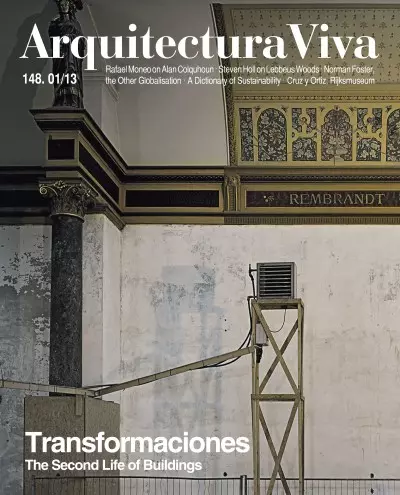

(Esher, 1921 - London, 2012)
1921 - 2012 An architect, critic and historian of the second half of the 20th century, Alan Colquhoun belonged to the group of British professionals – with James Stirling, Colin Rowe and the Smithsons – who after World War II tried to reconcile moder
An ethical and sociocultural focus defines the work of Alan Colquhoun, one of the most influential historians of the second half of the 20th century.
La breve biografía intelectual es uno de los géneros más difíciles: o bien se hunde bajo el peso de demasiados datos, o bien —en el intento del autor por sintetizar todo el material— carece de sustancia empírica. En su monografía sobre Le Corbusier,
Uno de los aspectos más asombrosos de esta retrospectiva general de la arquitectura moderna es la temática dialogística que está implícita en la interpretación del material. Con este enfoque, el Chicago de las postrimerías del siglo XIX y principios
«Los ‘tipos’ —elegidos de un repertorio de soluciones posibles— y el ‘contexto’: éstos parecen ser los puntos de partida de la propia obra de Moneo. Cada edificio es singular en el sentido de que satisface una serie singular de requisitos programátic
Architecture between context and type, between the assertion of the singularity of each building and its belonging to a series that comes from the past and gets lost in the future: this is the crossroads in which the work of Rafael Moneo is located.
It is not often that a critic or historian comes across such a complex, contradictory and yet self-enclosed progression as that of Le Corbusier. It might appear at first that such a unique oeuvre, one that always stands out in its context and is subj

